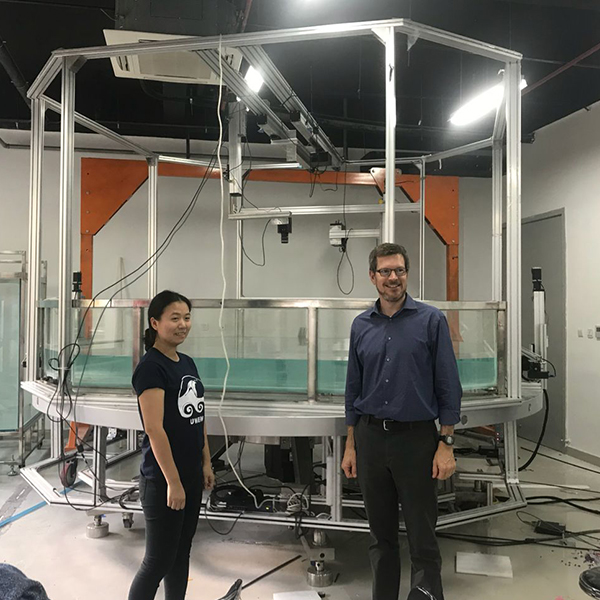-
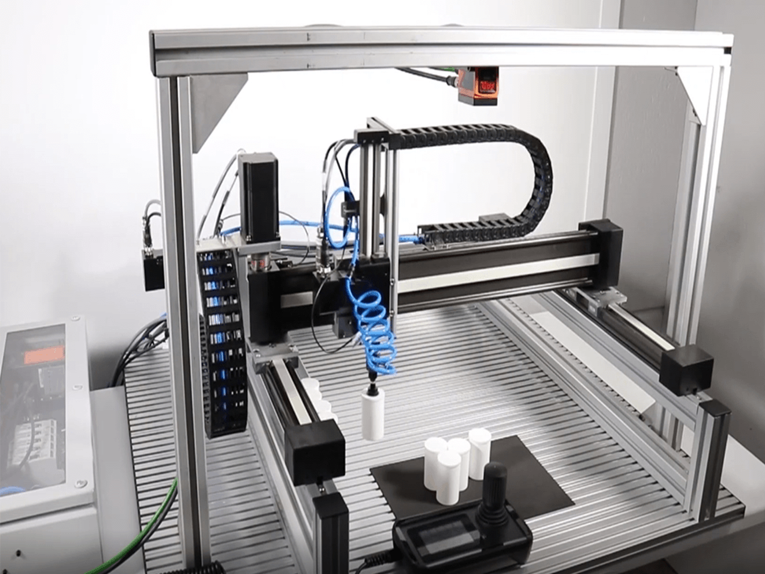
How to Carry Out the Implementation of Custom Linear Positioning System?
In the previous article, we focused on the importance of the program design stage and Fuyu’s own process specifications for non-standard design. So how do we carry out implementation after the plan is determined? First, let’s imagine a situation, in Fuyu’s production workshop, the internal...Read more -
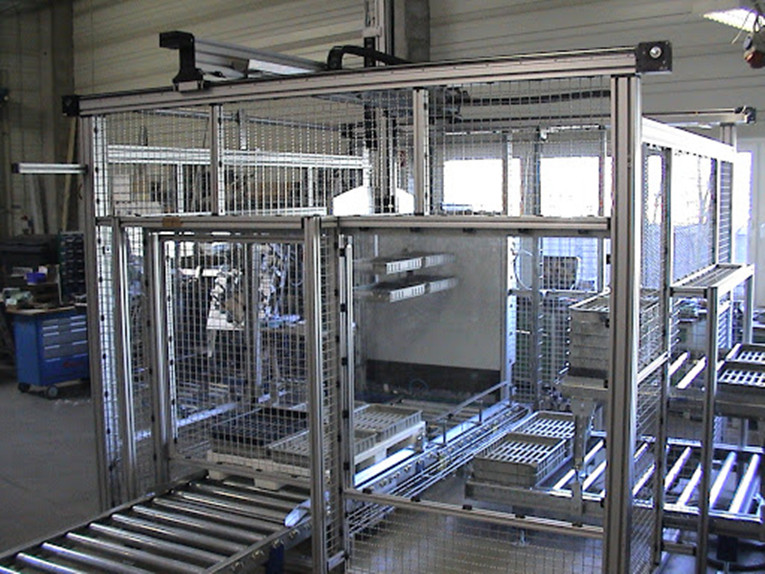
Sizing and Selecting Linear Motion Systems
How “LOSTPED” Can Help? From packaging and material handling to semiconductor fabrication and automotive assembly, virtually all manufacturing processes incorporate some type of linear motion, and as manufacturers become familiar with the flexibility and simplicity of modular linear ...Read more -
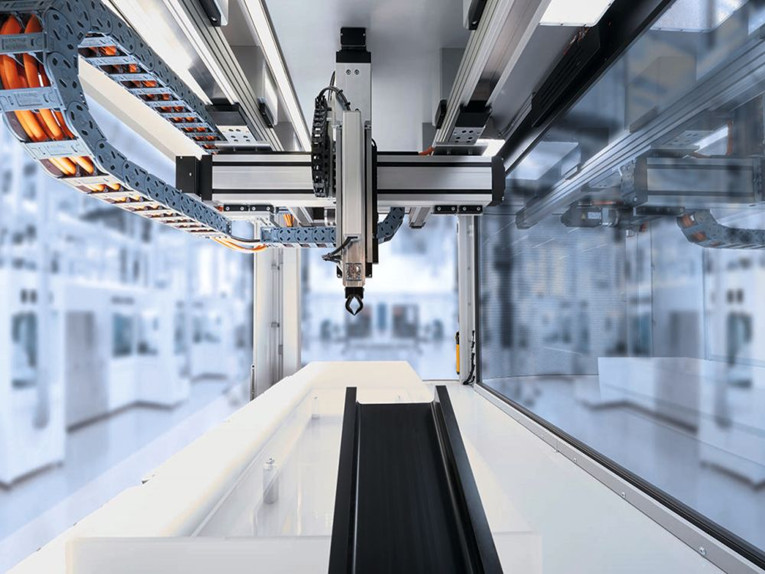
Achieving Hazard-Free Linear Motion
The safety case for electromechanical actuators over hydraulic cylinders. Linear motion machine designers are increasingly specifying electromechanical actuators because they are cleaner, easier to control and require less maintenance than hydraulic cylinders. Often overlooked, however, are the...Read more -
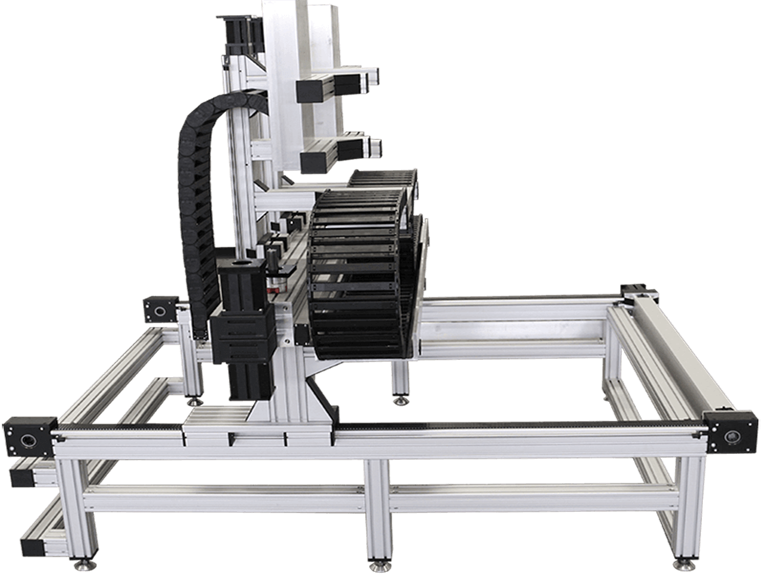
Two Drives Yield Precise Dual-Speed Motion
Highly precise linear positioning systems, such as those used to focus and scan in measuring and inspection equipment often need two different motion modes: a rapid one (100 mm/sec) followed by a slower one (20 nm/sec). The fast mode reduces move time, while the slower mode ensures precision. U...Read more -

Timing Belts in Linear Positioning System
Belt and pulley pitch, Belt length and center distance. Reinforced urethane timing belts work well in high-accuracy linear motion and conveying applications because they stretch very little, do not creep or slip, and are much stiffer than neoprene, which means less tooth deflection. In linear po...Read more -
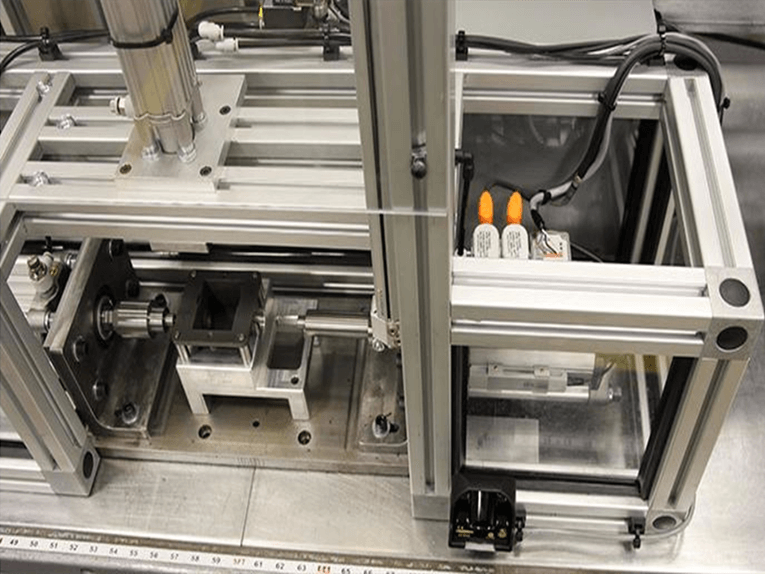
Developments in Positioning Control
Researchers continue to look for ways to improve the accuracy of linear positioning systems, reduce or eliminate backlash, as well as make such devices easier to use. Here is a look at recent developments Whether the needed linear movement is a little or a lot, positioning accuracy and reliabili...Read more -
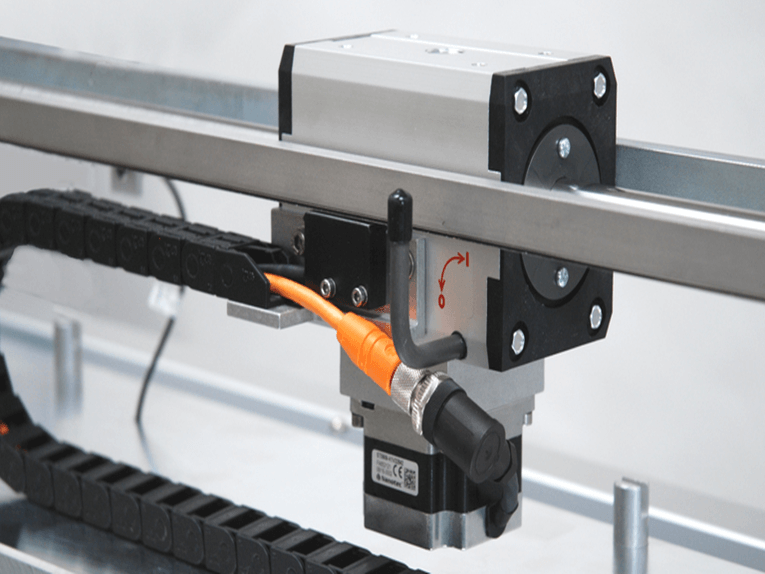
What is the Custom Design Linear Motion System that Best Meets the Needs of Users?
None-standard Linear Positioning Module. For Fuyu, the previously produced drawings and the standardized modules with related materials can be regarded as modular products. Conversely, new designs with relatively large design changes based on existing modules can be regarded as “non-standa...Read more -
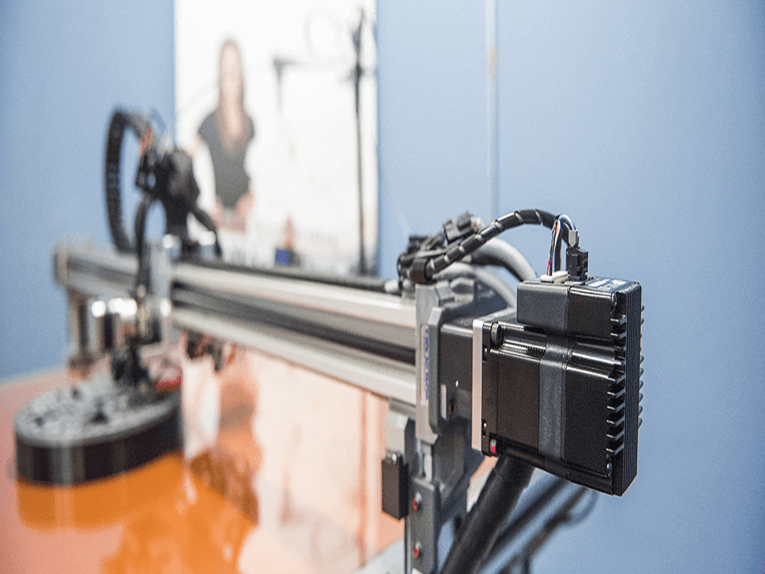
Tips for Choosing High-accuracy Linear Positioning Systems: Part 3
Stage, drive and encoder design. The components that make up your high-accuracy positioning system — bearings, position-measuring system, motor- and-drive system, and controller — must work together as well as possible. Part 1 covered system base and bearings. Part 2 covered position measureme...Read more -
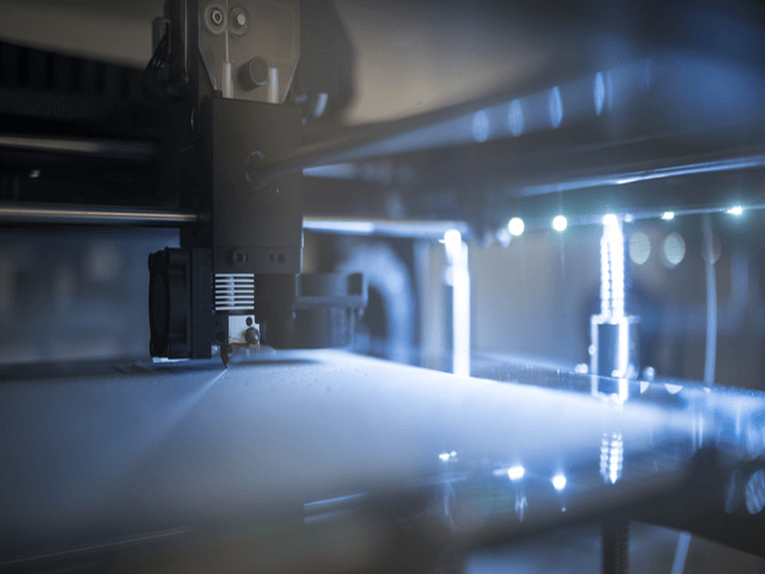
Tips for Choosing High-accuracy Linear Positioning Systems: Part 2
No one system is right for all. The components that make up your high-accuracy positioning system — base and bearings, position-measuring system, motor-and-drive system, and controller — must work together as well as possible. In Part 1 we covered system base and bearings. Here, we cover positio...Read more -
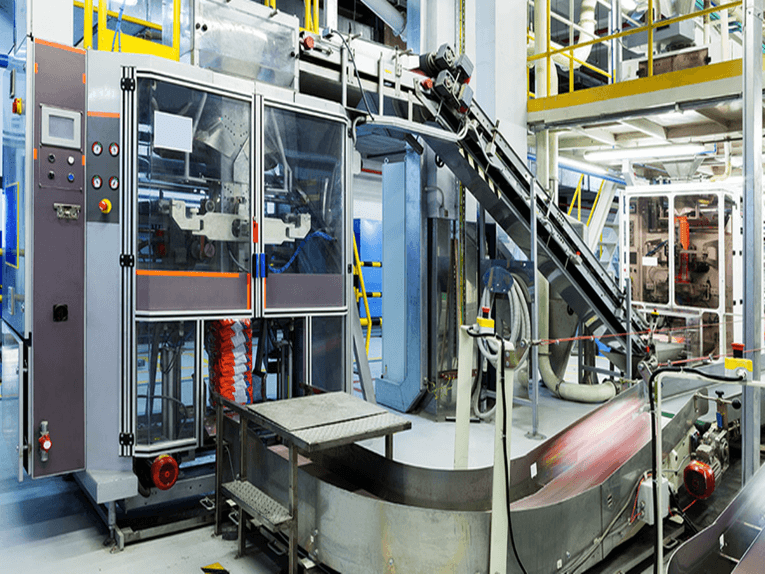
Tips for Choosing High-accuracy Linear Positioning Systems: Part 1
Electronic, optic, computer, inspection, automation, and laser industries require diverse positioning-system specifications. No one system is right for all. To ensure that a high-accuracy positioning system works optimally, the components that make up the system — bearings, position-measuring sy...Read more -

When to Outsource: Plug-And-Play Motion Subsystems
Building motion actuators and stages from scratch forces designers to order, inventory, and assemble hundreds of parts. It also increases time to market and requires technicians and specialized production equipment. An alternative is to order preengineered motion devices. Stages and actuators ar...Read more -
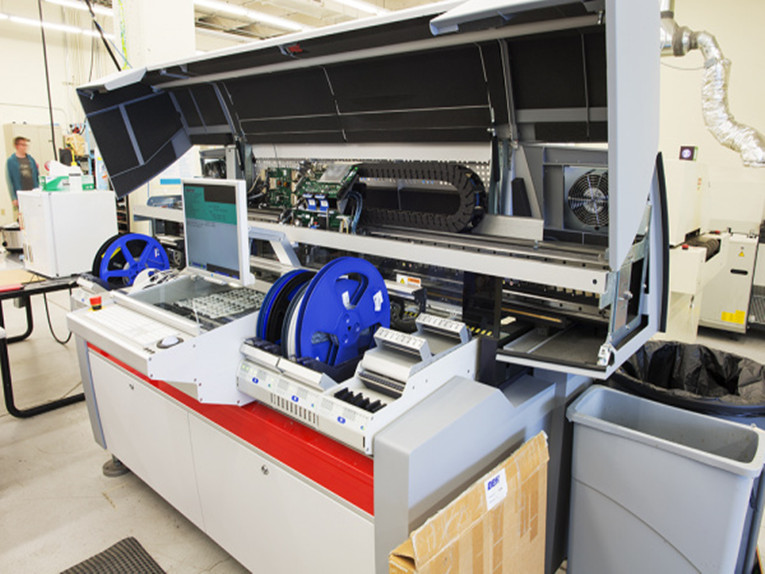
A Finer Control of Linear Motion
For precise automated positioning, think stepper-motor-based linear actuators. Linear actuators essentially generate force and motion through a straight line. In a typical mechanical system, a device’s output shaft would provide linear motion using a rotary motor through gears, a belt and pulley...Read more

